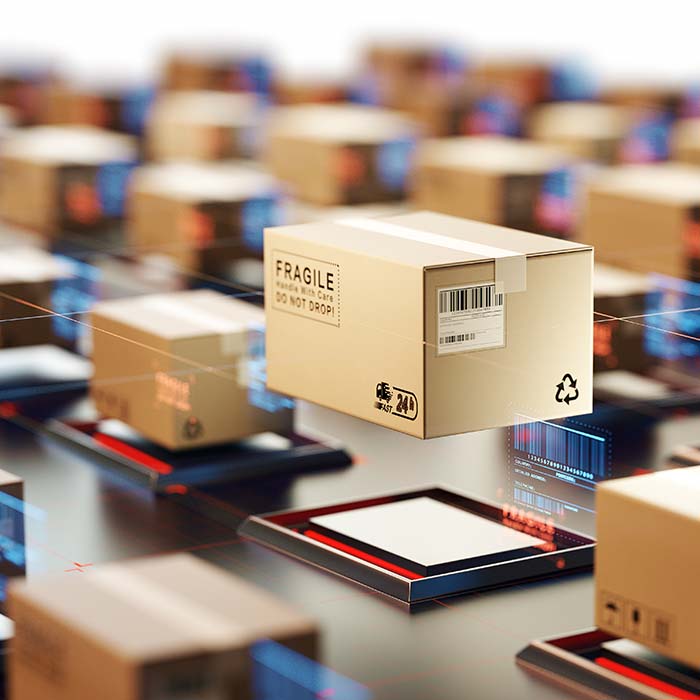DDMRP is an advanced planning methodology that powers Intuiflow and promotes the smooth flow of materials through complex global supply chains. It’s a foundational step for connecting business operations to changing market demand — and leveraging that connection to drive innovation and agility.

Revolutionize Your Materials Planning
DDMRP uses sales and consumption data, not forecasts, to trigger inventory orders. By pacing materials to market demand, DDMRP helps you ensure you’ve always got the right products in the right place — and in the right amount. It’s an intuitive methodology that heightens agility and drives improvements in service levels, lead times, and inventory. It’s also a foundational component of the Demand Driven Adaptive Enterprise (DDAE), a management model that enables companies to sense and adapt to complex, volatile markets. DDMRP isn’t just a better way to plan and manage your supply chain. It’s a proven methodology for driving agility and innovation throughout your operations.
DDMRP at a Glance
By powering a closer link between supply and demand, DDMRP makes it easy for companies to adapt to changing markets. Here’s how it works.
*Intuiflow, previously Replenishment+
No Spreadsheets Needed
Even companies with sophisticated ERP systems turn to spreadsheets to firm up their resource plans. Why? They don’t trust what their MRP tells them. Today’s supply chains are more complex — and more volatile — than ever. DDMRP gives you the tools you need to adapt to this new reality, instead of planning your way around an ever-escalating series of crises.

The Five Components of DDMRP
Demand Driven Material Requirements Planning has five sequential components that are organized into three stages: Position, Protect, and Pull.

Using Buffers to Protect Flow
DDMRP uses strategic decoupling points to create shorter, independent planning horizons that prevent the effects of variability from cascading throughout your supply chain. But daily life is full of surprises. Inventory buffers add another layer of protection, providing an intuitive, visual overview of which materials are in demand and where you need to invest to maintain a smooth flow and ensure constant material availability.



